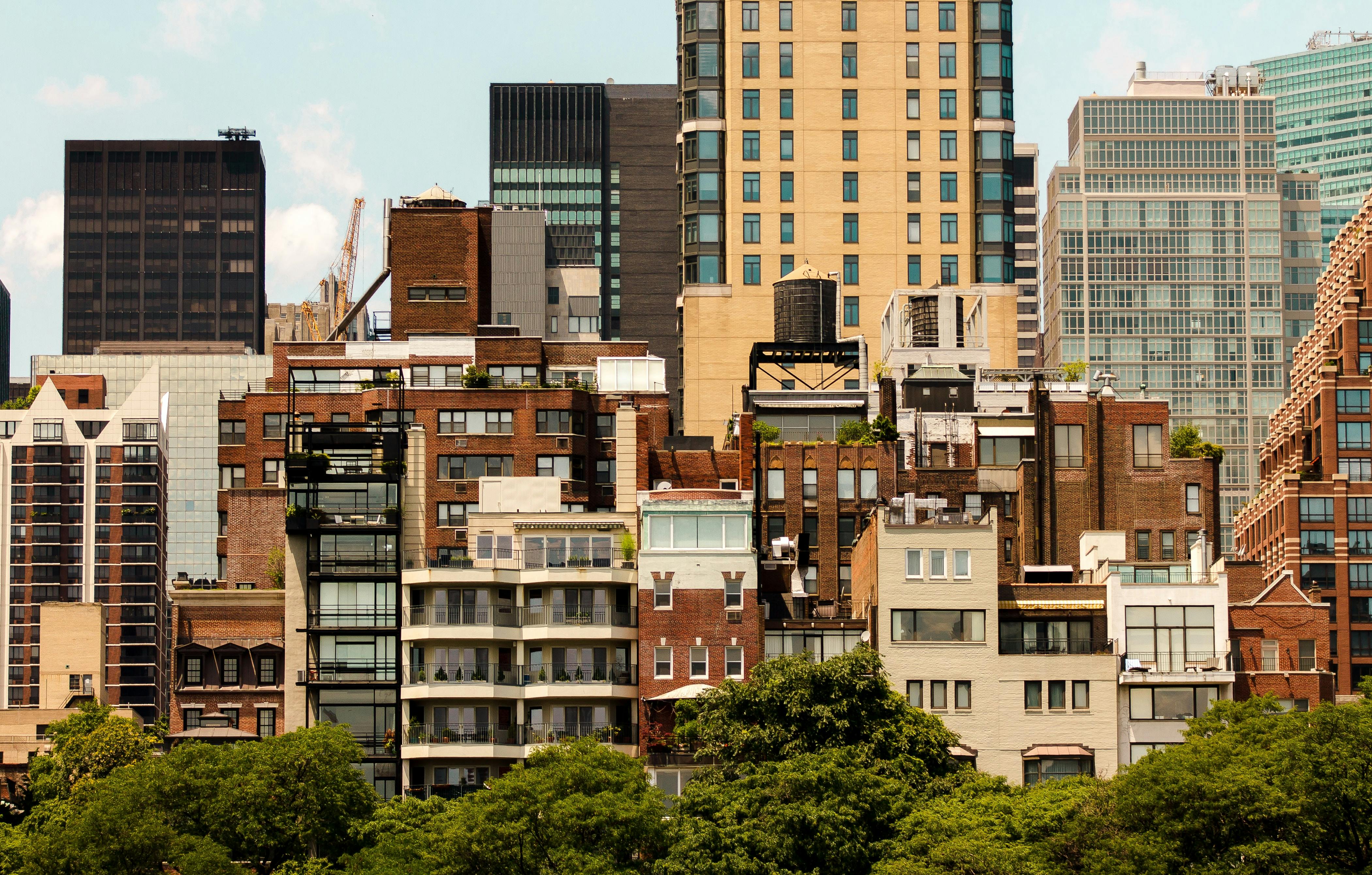Use Groups & Use Tables: How NYC Regulates Land Use
Development Site Advisors®
Use Groups & Use Tables: How NYC Regulates Land Use
Behind every zoning district lies a detailed system that defines what you can (and cannot) do with a given property. These classifications are governed by Use Groups—an essential tool in New York City zoning that determines allowable land uses across Residential, Commercial, and Manufacturing districts.
Understanding Use Groups and how they appear in zoning use tables is critical for developers, architects, and property owners looking to convert, repurpose, or develop property in a way that complies with zoning—and maximizes value.
What Are Use Groups?
Use Groups are numbered categories (Group 1 through Group 18) that organize all legal land uses into logical categories. These groupings reflect how intensive a use is, how much impact it has on surrounding areas, and where it can be appropriately located.
Residential (Use Groups 1–2):
- Group 1: Single-family detached homes
- Group 2: All other housing types, including multifamily, townhouses, condos, etc.
Community Facility (Use Groups 3–4):
- Group 3: Schools, libraries, museums
- Group 4: Houses of worship, medical offices, daycare centers
Commercial & Retail (Use Groups 5–10):
- Group 5: Hotels (transient)
- Group 6: Local retail (grocery, salons, dry cleaners)
- Group 7–9: Specialty and larger-scale retail
- Group 10: Department stores, major commercial venues
Service, Recreation & Auto Uses (Use Groups 11–16):
- Includes repair shops, gyms, theaters, parking garages, warehouses
Manufacturing & Utility (Use Groups 17–18):
- Group 17: Light manufacturing, distribution
- Group 18: Heavy industrial and potentially hazardous operations
Each zoning district references a table specifying which Use Groups are permitted, restricted, or require a special permit.
How Use Tables Work
Use tables appear in the NYC Zoning Resolution and list permitted uses by group within each zoning district. For example:
- R6 may allow Use Groups 1–4 (housing and community facilities only)
- C6-2 may allow Use Groups 1–10, 12, and 16 (housing, retail, some service)
- M1 districts allow manufacturing uses and limited commercial (but no residential)
These tables also indicate:
- Special permits required for certain uses
- Performance standards that must be met (especially in M districts)
Why Use Groups Matter for Development
Knowing what use is allowed—or prohibited—drives critical decisions:
- Can you convert a church into apartments?
- Can a warehouse be leased to a brewery?
- Can you add medical offices above a retail base?
Use group analysis informs acquisition strategy, entitlement feasibility, and value engineering across asset types.
How Development Site Advisors® Helps
Our zoning advisory team provides:
- Use Group & table analysis for acquisition and repositioning
- Rezoning/variance strategy if your proposed use isn’t permitted
- Portfolio audits to flag underutilized or misclassified assets
Not sure if your use is permitted on your lot? Contact us for a zoning use review and entitlement strategy session.

